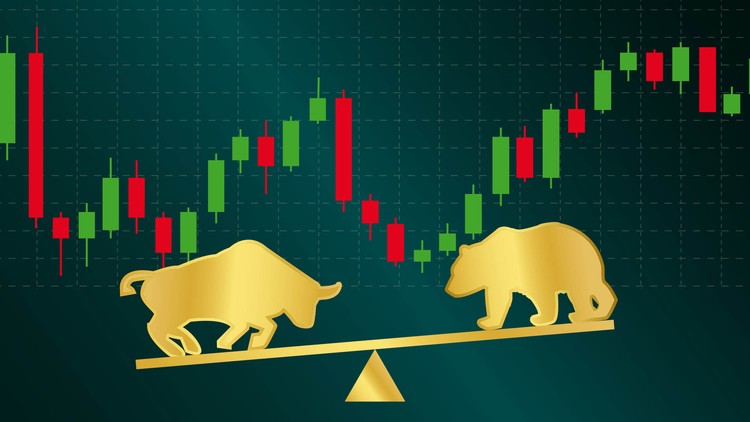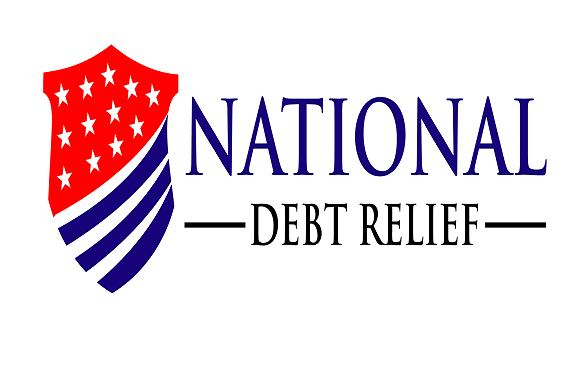Forex Trading
Foreign exchange involves changing the currency of one country for another for commerce, tourism etc. The need for transactions can be completed in the currencies of other countries is on the rise because of the expansion of businesses to a global scale.
Foreign exchange or forex is a global or over-the-counter market (OTC) that allows traders, banks, institutions and investors to speculate on world currencies, purchase and sell them.
The interbank is whereby trading takes place, this is an online channel that facilitates currency trading 24-hours a day and only 5 days in a week. But what is forex trading?

Beginner’s Guide To Forex Trading
Forex trading can be defined as the act of both buying currencies and selling them. Individual traders, institutional investors, corporations, central banks and banks exchange foreign currencies for various reasons i.e.
. Making a profit
. Facilitating tourism and international trade
. Balancing the markets.
Currency pairs
On the forex market, every transaction that is made involves the simultaneous buying as well as selling of 2 currencies. These are referred to as currency pairs, they comprise of a quote currency and a base currency.
PIPS
This is the acronym for point in price. It measures the change in currency pairs on the forex market. It can also refer o percentage in point. It basically measures price movements thus represents a difference in currency pairs.
It is important to note that all forex prices tend to be quoted to only 4 decimal places. This is because of the very small differences in their spread.
Major pairs
Major pairs are associated with economies that are properly managed and stable. This means that it is difficult to manipulate them and comprise of much lower spreads compared to other pairs.

Cross currency pairs
Crosses can be described as pairs that do not take into account the USD. Initially, crosses would first be converted to USD and finally into the currency of choice. However, today they are simply offered for direct exchange.
Exotic Pairs
Exotics are defined as currencies that come economies that are either smaller in size or emerging. Exotics are considered to be much riskier compared to Majors and Crosses with regard to trade.
This is because they are easy to manipulate, more volatile and less liquid. They are characterized by wider spreads and have high sensitivity to sudden shifts in either financial developments or political ones.
It is important to note that the value of currency pairs is influenced by environmental, political and economic factors.
Abbreviations
There are several abbreviations that are heavily used in forex trading, the main ones include the following:
- EUR – Euro
- TRY – Turkish Lira
- DKK – Danish Krone
- NOK – Norwegian Krone
- MXN – Mexican Peso
- NZD – N. Zealand Dollar
- CAD – Canadian Dollar
- CHF – Swiss Franc
- GBP – British Pound
- JPY – Japanese Yen
- USD – US Dollar
Key Terminology And Trade
The following are some common key terminology and trades in forex trading:
Position – This Can Be Described As A Trade In Progress
Long position – This is when a trader purchases currency with a high expectation of its value increasing. When he/she sells it back to the market for a profit, the long position is termed as closed and the trade considered to be complete.
Short position – This refers to forex traders who sell a currency with an anticipation of its price decreasing, the trader plans purchase it back but at a lower value.
Short positions are normally closed at the time when a trader manage to purchase back the desired asset. Normally, this is for a much lower value than what it was sold for.
Conclusion
The beginner’s guide to forex trading above shows that it is always good practice to trade carefully and to carefully consider all the risks that are involved.
Trades in currencies on the forex market is mostly in millions, this shows how currency trading is lucrative.










